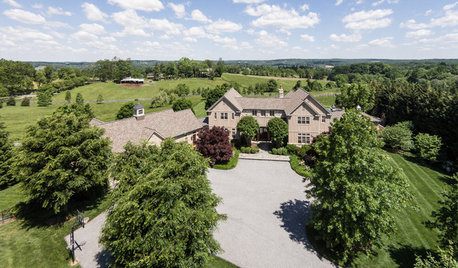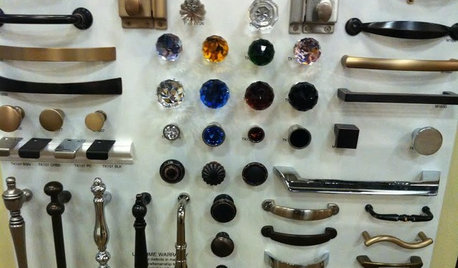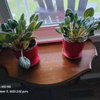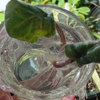DuPont, Supremes, & Amazons Question
quimoi
10 years ago
Related Stories

HOME TECHThe Inevitable Future of Drones Around Your Home
As Google joins the push for airborne deliveries, it seems only a matter of time before neighborhoods are buzzing with drones. Is that OK?
Full Story
HOUSEKEEPINGHow to Clean Stainless Steel
Protect this popular kitchen material with a consistent but gentle cleaning routine
Full Story
KITCHEN DESIGNHouzzers Say: Top Dream Kitchen Must-Haves
Tricked-out cabinets, clean countertops and convenience top the list
Full Story
ARCHITECTUREModern or Contemporary Architecture? The Interiors Edition
See how one expert distinguishes between two popular camps of interior architecture. Do you agree with his choices?
Full Story
HOUSEKEEPINGHow to Clean Marble Countertops and Tile
Acidic solutions can damage your marble surfaces. Here’s how to keep marble looking clean and amazing
Full Story
KITCHEN DESIGNHow to Mix Metal Finishes in the Kitchen
Leave matchy-matchy to the catalogs and let your kitchen's personality shine with a mix of metals for hardware and fixtures
Full Story
KITCHEN DESIGNKitchen Sinks: Stainless Steel Shines for Affordability and Strength
Look to a stainless steel sink for durability and sleek aesthetics at a budget-minded price
Full Story
MOST POPULARYour Guide to 15 Popular Kitchen Countertop Materials
Get details and costs on top counter materials to help you narrow down the choices for your kitchen
Full Story
KITCHEN DESIGNTrick Out Your Kitchen Backsplash for Storage and More
Free up countertop space and keep often-used items handy by making your backsplash more resourceful
Full Story
KITCHEN DESIGNGet a Grip on Kitchen Cabinets With the Right Knobs and Pulls
Here's how to pair the right style, type and finish of cabinet hardware with your kitchen style
Full Story







Whitelacey
fortyseven_gw
Related Professionals
Wrentham Landscape Architects & Landscape Designers · Benbrook Landscape Architects & Landscape Designers · Rancho Cordova Landscape Architects & Landscape Designers · Woodinville Landscape Architects & Landscape Designers · Wakefield Landscape Contractors · Cockeysville Landscape Contractors · Galt Landscape Contractors · Kahului Landscape Contractors · Melrose Landscape Contractors · Mission Bend Landscape Contractors · Ponte Vedra Beach Landscape Contractors · Ramsey Landscape Contractors · Tuscaloosa Landscape Contractors · Goldenrod Landscape Contractors · Vadnais Heights Landscape ContractorsquimoiOriginal Author
fortyseven_gw